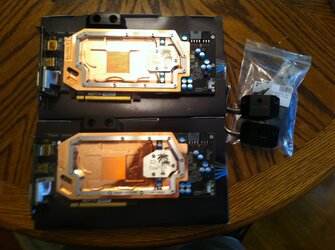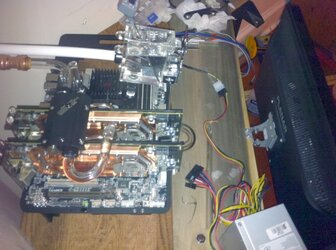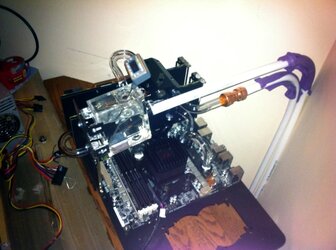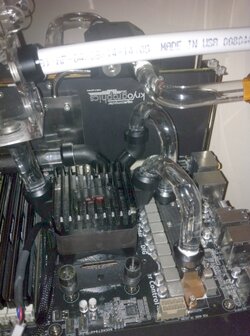- Thread Starter
- #21
Odd. That counter intuitive to all the testing people have seen... I wonder since you do not have a radiator in the loop that it needs more time in the loop to cool off...
I know. There is 40ft of flattened copper tubing in the aquifer so maybe by slowing the flow down I'm removing more heat from the CPU. Maybe it doesn't matter how fast the water is moving in the cooling manifold as all of the heat is removed regardless of the CPU temp. I'll have to do some more tests with everything in the loop.
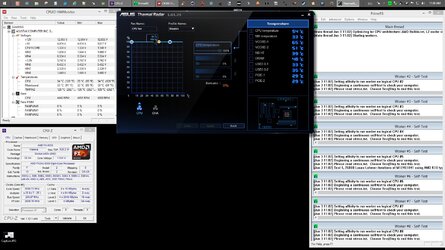
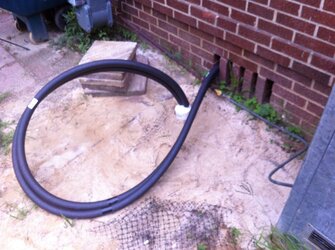
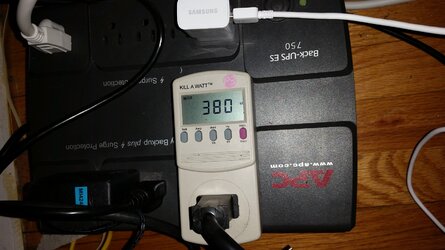
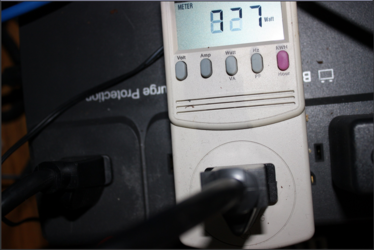
 , I think I'd have to go down about 50ft where I live in Texas, and the thought of digging in this rock infused black-clay is just not a happy thought, I envy you.
, I think I'd have to go down about 50ft where I live in Texas, and the thought of digging in this rock infused black-clay is just not a happy thought, I envy you.